Fertilizing is crucial for ensuring that your plants get the essential nutrients they need to thrive. Plants require a combination of macronutrients such as nitrogen, phosphorus, and potassium, as well as micronutrients like iron, manganese, and zinc. Nitrogen helps with leafy growth and keeps foliage healthy. Phosphorous aids in producing bigger and healthier blooms. Potassium is essential for developing a strong root system, which helps plants absorb other necessary nutrients.
Common Fertilizers Available in the Market
Fertilizer Types | Fertilizing Indoor Plants | Best Time to Fertilize Indoor Plants | Choosing the Right Type of Fertilizer | How to Apply Fertilizer to Indoor Plants | Fertilizing Outdoor Plants | Best Time to Fertilize Outdoor Plants | Choosing the Right Outdoor Fertilizer | How to Apply Fertilizer to Outdoor Plant | Common Mistakes to Avoid | Organic Fertilizers and Homemade Alternatives | Benefits of Organic Fertilizers | Homemade Alternatives to Chemical Fertilizers | Making Your Own Organic Fertilizer
Fertilizer Types

-
Granular Fertilizers: If you prefer dry pellet fertilizer, it can be mixed into the potting soil for indoor and outdoor plants. It's commonly used for outdoor gardens but can be a bit challenging for indoor containers or planters. The problem with granular fertilizer is that it releases all the nutrients at once when you water the plants, making it difficult to control how much they get at one time. While it's affordable, it's not the best option for feeding houseplants.
- Liquid Fertilizers: Liquid fertilizers are diluted with water and applied using a watering can. The frequency of application depends on the plant type and label instructions. Some plants require more frequent feeding, especially those with large blooms. Research your plant's nutritional needs to determine how often to fertilize. Liquid fertilizer allows for precise nutrient control and is easy to adjust based on plant growth. However, it requires a regular application.
- Organic Fertilizers: Organic fertilizers are made from natural sources such as kitchen compost, cow dung, leaf mould, bone meal, or fish emulsion. They are often applied to the soil before planting or as a top dressing. These fertilizers release nutrients slowly, providing a steady supply of nutrients over time. The benefits of organic fertilizers include improved soil quality, increased microbial activity, and reduced environmental impact.
- Slow-release Fertilizers: Slow-release fertilizers are popular among gardeners for both indoor and outdoor plants. The pellets are coated with time-release shells that dissolve at different rates, gradually releasing nutrients into the soil. This type of fertilizer lasts up to nine months with a single application. Although more expensive than other fertilizers, the extended release makes it a cost-effective option in the long run.
It’s important to choose the right fertilizer for your plants based on their nutrient requirements. To know which fertilizer to use, you can look at the NPK ratio on the fertilizer label. NPK stands for nitrogen, phosphorus, and potassium, and the numbers represent the percentage of each nutrient in the fertilizer. For example, a 10-10-10 fertilizer has 10% nitrogen, 10% phosphorus, and 10% potassium.
Indoor plants require fertilizers that have a balanced NPK ratio, such as 10-10-10 or 5-5-5. You can apply liquid fertilizer every two weeks during the growing season.
For outdoor plants, you can use granular fertilizers that have a slow-release formula. You can apply them at the beginning of the growing season and then again after six weeks. You can also use organic fertilizers that enrich the soil and promote healthy plant growth.
(back to top)
Fertilizing Indoor Plants

Indoor plants need regular fertilizing to thrive. Fertilizer provides plants with the essential nutrients they need to grow, develop and produce flowers or fruit. But, fertilizing indoor plants can be tricky, so here's a quick guide on how to do it right.
(back to top)
Identifying the Best Time to Fertilize Indoor Plants
The best time to fertilize your indoor plants is during the growing season, which is typically during early summer. During this time, your plants are actively growing and need the extra nutrients to support their growth. Avoid fertilizing your plants during the winter season, as they won't be able to absorb the nutrients and it may even harm them.
(back to top)
Choosing the Right Type of Fertilizer for Indoor Plants
There are many different types of fertilizers available and choosing the right one can be overwhelming. However, the most important thing is to choose a fertilizer that is specifically formulated for indoor plants. These fertilizers are usually balanced and contain the essential nutrients your plants need, including nitrogen, phosphorus, and potassium.
(back to top)
How to Apply Fertilizer to Indoor Plants
When applying fertilizer, always follow the instructions on the package. Over-fertilizing your plants can cause fertilizer burn, which can damage or even kill your plants. You can also dilute the fertilizer to half-strength to avoid over-fertilizing. Always water your plants before fertilizing. This will also help prevent the fertilizer from burning the roots.
(back to top)
Fertilizing Outdoor Plants
Identifying the Best Time to Fertilize Outdoor Plants

The best time to fertilize your outdoor plants is right after winter, before the heat increases or before new growth appears. This is when your plants need the most nutrients to support their growth. You can also fertilize right before winter to prepare for the cold months. However, avoid fertilizing during the hot summer months, as it can stress your plants and cause them to burn.
(back to top)
Choosing the right type of fertilizer for outdoor plants
When it comes to outdoor plants, there are many types of fertilisers available, including granular, liquid, slow-release, and organic. The type of fertiliser you choose depends on the needs of your plants and the type of soil you have. For example, if you have sandy soil, you may need a fertiliser that contains more phosphorus to promote root growth.
(back to top)
How to Apply Fertilizer to Outdoor Plants
When applying fertilizer to outdoor plants, it's important to follow the instructions on the package. Spread the fertilizer evenly around the base of your plants, taking care not to get it on the leaves. Water your plants immediately after applying the fertilizer to help distribute the nutrients evenly throughout the soil. You can also mix the fertilizer into the soil before planting new plants.
(back to top)
Common Mistakes to Avoid When Fertilizing your Plants
One of the most common mistakes people make when fertilizing their plants is over-fertilizing. As mentioned earlier, this can lead to fertilizer burn and damage to your plants. Another mistake is not watering your plants enough after fertilizing. Water helps to distribute nutrients evenly throughout the soil, so be sure to water your plants after fertilizing.
(back to top)
Organic Fertilizers and Homemade Alternatives
If you're looking for a more natural and eco-friendly way to fertilize your plants, organic fertilizers, and homemade alternatives are great options. Here's what you need to consider.
(back to top)
Understanding the Benefits of Organic Fertilizers
Organic fertilizers are made from natural sources, such as plant matter, animal waste, and minerals. Unlike chemical fertilizers, organic fertilizers don't contain synthetic chemicals that can harm the environment and your plants. They also help to improve soil health, which promotes healthy plant growth and development.
(back to top)
Homemade Alternatives to Chemical Fertilizers

There are many homemade alternatives to chemical fertilizers that you can make with ingredients you may already have at home.
-
Bio Compost: Bio compost is a type of organic fertilizer that is made by composting plant and animal waste. It is rich in nutrients, microorganisms, and humus, which helps to improve soil structure, water-holding capacity, and nutrient availability. It also helps to suppress soil-borne diseases, reduce weed growth, and enhance the overall health of plants. It is usually made with a mix of kitchen green waste and animal brown waste.
- Cow Dung Manure: Cow dung manure is a readily available fertilizer that is rich in organic matter, nitrogen, phosphorus, and potassium. Cow dung manure also improves soil structure, water retention, and microbial activity, leading to healthier and more productive crops. Avoid using fresh dung and instead choose those that have decomposed and dried into powder form.
- Leaf Mould: Leaf mould manure is a natural and sustainable fertilizer that is made by composting fallen leaves. It also acts as a soil conditioner. Leaf mould is rich in good-quality humus which promotes healthy plant growth and improves soil texture. The manure can be made using a variety of leaves like neem, mango, and jackfruit. You can also use leaf mould as mulch for your plants.
- Vermicompost: Vermicompost is a type of organic fertilizer that is made by feeding organic waste to earthworms. It can be made by feeding kitchen waste, cow dung, and crop residues to earthworms, and using their castings as manure. It acts as a nutrient-rich fertilizer and as a soil conditioner
(back to top)
Tips for Making Your Own Organic Fertilizer
If you're interested in making your own organic fertilizer, there are a few things to keep in mind. First, it's important to use high-quality ingredients, such as organic matter and natural minerals. You'll also want to make sure you're using the right ratio of ingredients to create a balanced fertilizer. For example, a good basic recipe for a homemade fertilizer is to mix equal parts of compost, bone meal, and wood ash.Another tip is to let your homemade fertilizer age for a few weeks before using it (like cow dung manure). This will allow the ingredients to break down and release their nutrients, making them more effective for your plants. Finally, make sure to store your homemade fertilizer in a cool, dry place to prevent it from spoiling.
And that’s all you need to know! Remember to follow the instructions on your fertilizer packaging, use the right type of fertilizer for your specific plants, and apply it at the appropriate time and frequency. By incorporating proper fertilization techniques into your gardening routine, you'll be able to enjoy a more abundant and beautiful garden for years to come. Happy gardening!
(back to top)
Planters recommended for Your Indoor Plants
Discover more planters for your Indoor Plants

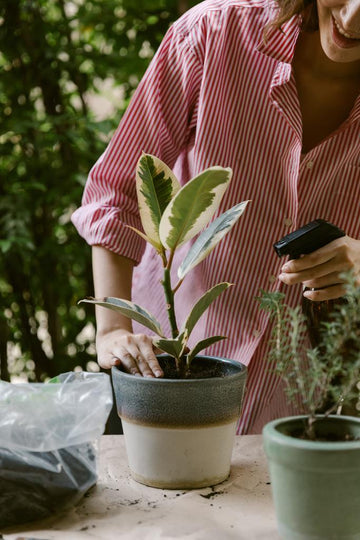
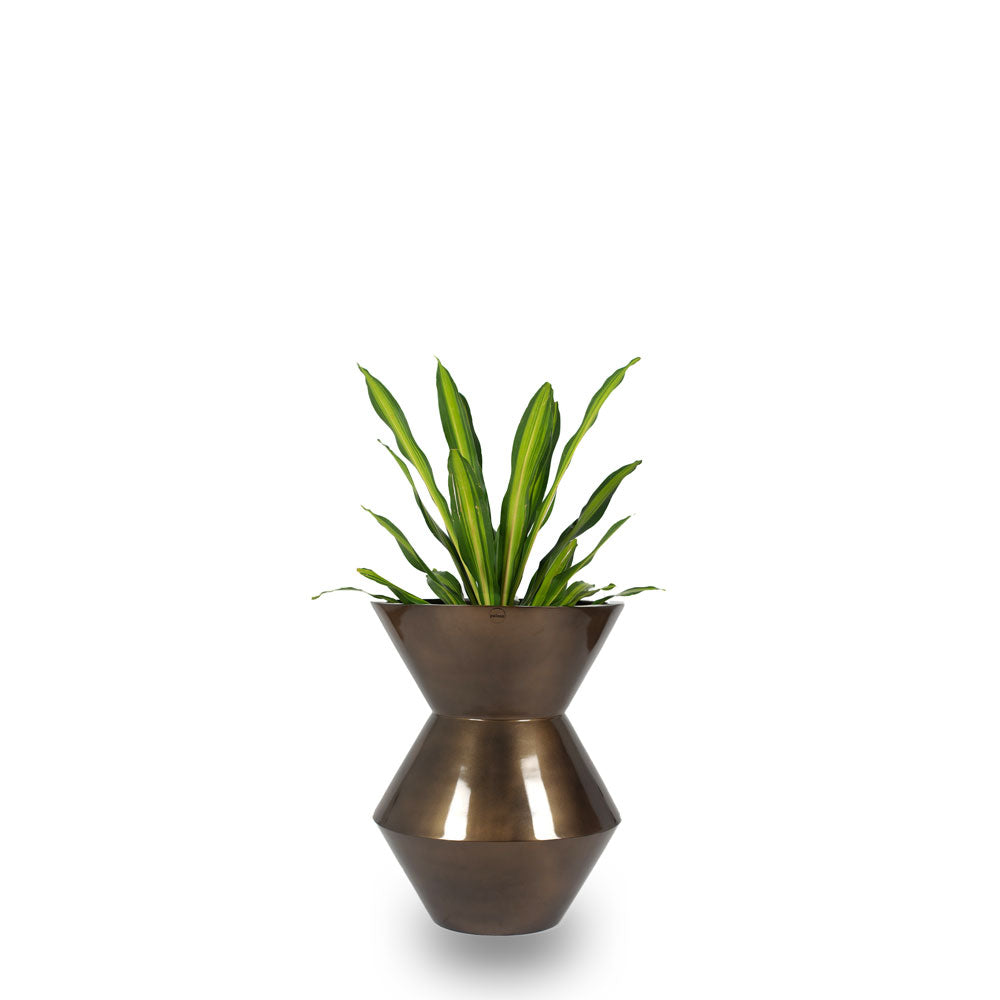
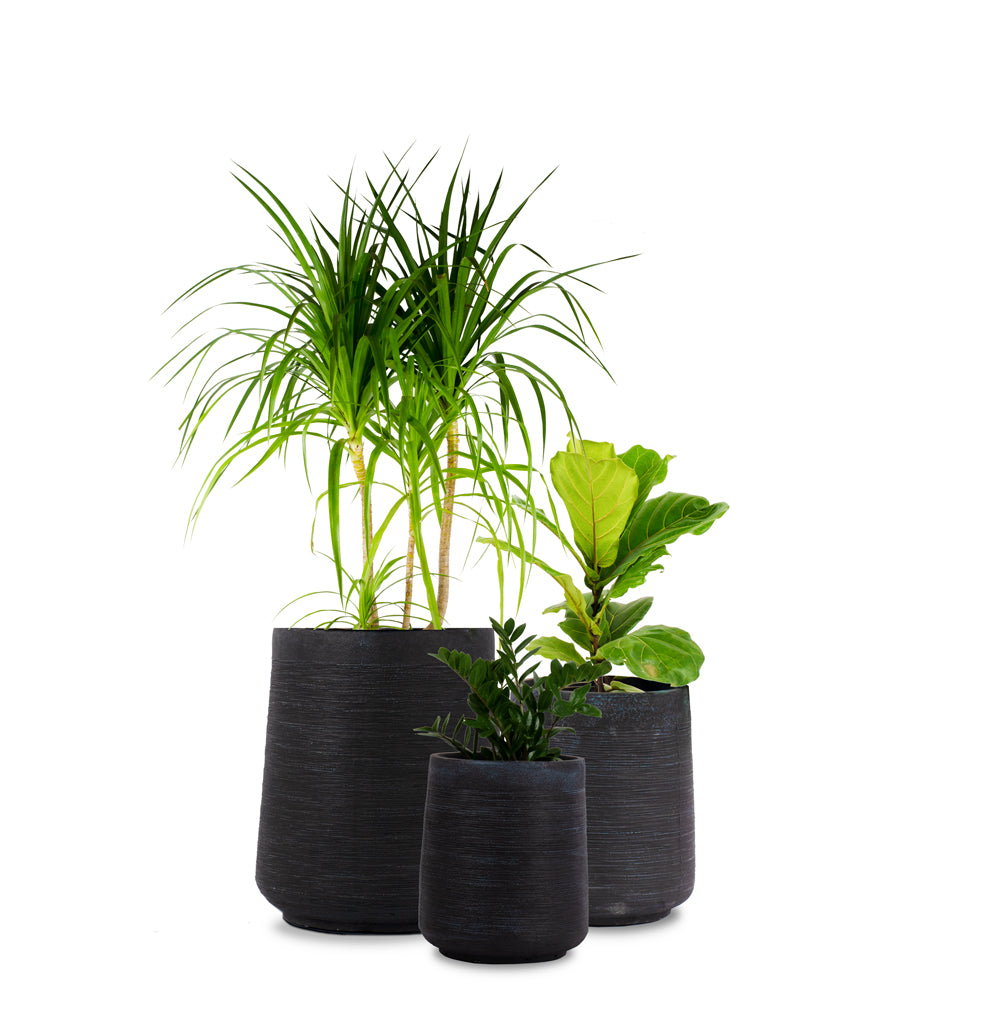
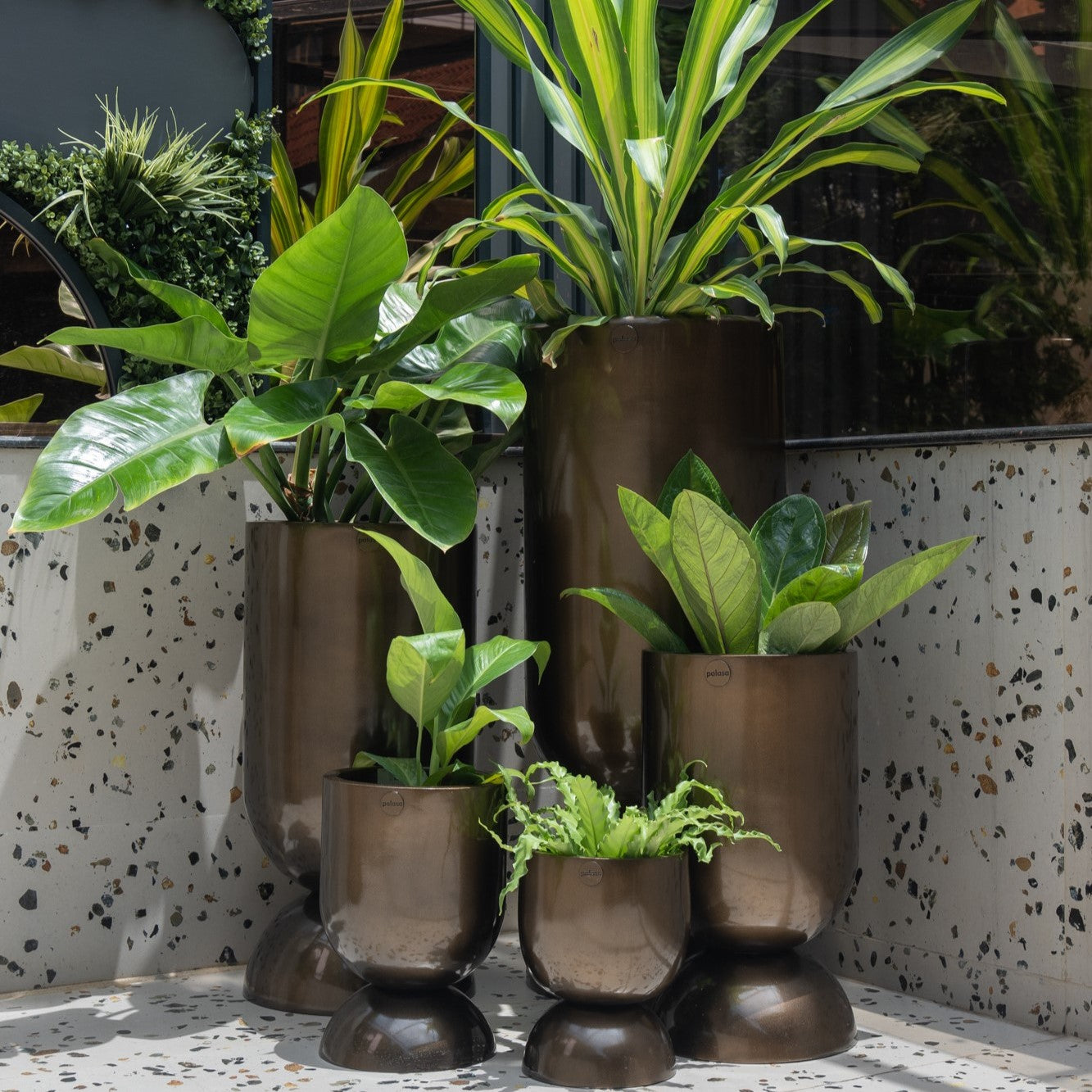
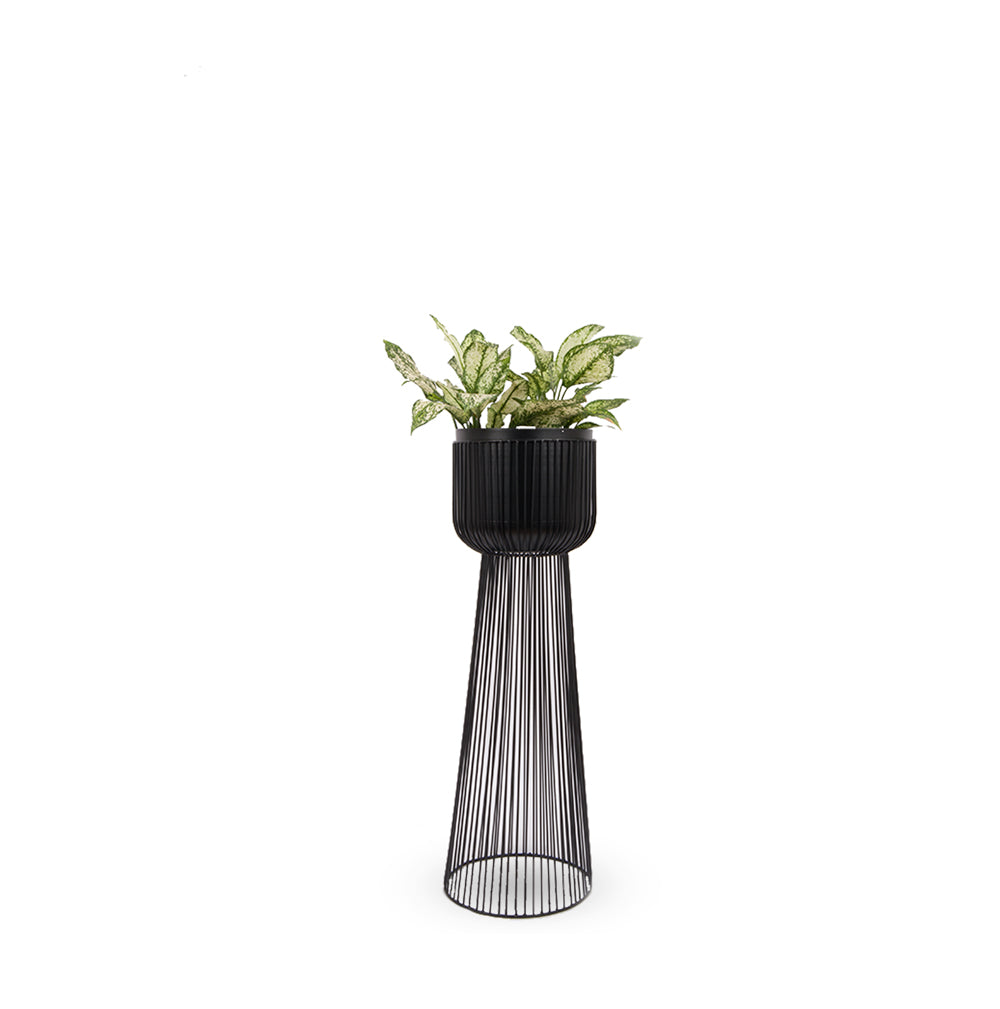



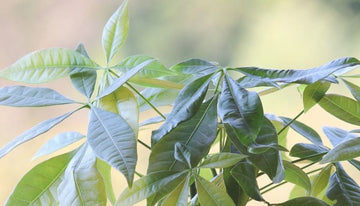
 At Palasa, we believe in the seamless fusion of nature, design and humanity.
At Palasa, we believe in the seamless fusion of nature, design and humanity.